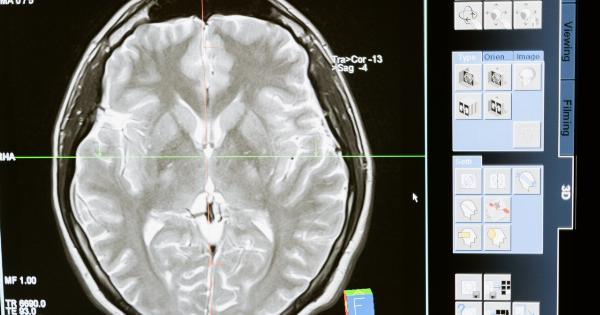Menopause is a natural occurrence that marks the end of a woman’s reproductive life.
It is a time of significant changes in a woman’s hormonal makeup, and these changes can have an impact on her cardiovascular health, with an increased risk of developing heart diseases. In this article, we will discuss the ways to manage cardiovascular risk during menopause.
Risk Factors for Cardiovascular Diseases during Menopause
The risk of developing cardiovascular disease increases as women enter menopause. This risk is due to several factors, including the decrease in estrogen levels that occurs during menopause.
Other risk factors include an increase in blood pressure, high cholesterol levels, weight gain, and decreased physical activity. These risk factors heighten the chances of developing heart disease, which is the number one cause of death in women over age 55.
Ways to Manage Cardiovascular Risk during Menopause
Lifestyle Changes:
One of the most effective ways to manage cardiovascular risk during menopause is through lifestyle changes. These include eating a healthy diet, engaging in regular exercise, avoiding smoking, and maintaining a healthy weight.
A diet rich in fruits, vegetables, whole grains, and lean proteins can help improve cardiovascular health. Engaging in regular exercise can also help to reduce blood pressure and improve cholesterol levels. Additionally, quitting smoking can have a significant positive impact on heart health.
Hormone Replacement Therapy (HRT):
Hormone replacement therapy (HRT) is another option for managing cardiovascular risk during menopause. HRT involves taking medications containing estrogen and progesterone, which mimic the hormones the body produces naturally.
HRT has been shown to reduce the risk of heart disease in some women. However, HRT should only be used after a thorough evaluation of the potential benefits and risks. Hormone replacement therapy may increase the risk of breast cancer, blood clots, and stroke in some women.
Treat High Blood Pressure and Cholesterol:
Managing high blood pressure and cholesterol levels is another way to reduce cardiovascular risk during menopause. High blood pressure is a significant risk factor for heart disease.
Lifestyle changes such as eating a healthy diet and regular exercise can help lower blood pressure, while medication may be necessary in some cases. High cholesterol levels also contribute to the buildup of plaque in the arteries, which can lead to heart disease. A combination of lifestyle changes and medication can help manage high cholesterol levels.
Reduce Stress:
Stress is another risk factor for heart disease. Menopause can be a stressful time due to the physical changes and emotional challenges it presents.
Engaging in stress-reducing activities such as yoga, meditation, deep breathing, and regular exercise can help to manage stress and reduce the risk of heart disease.
Maintain Regular Medical Checkups and Screenings:
Regular medical checkups and screenings are essential for managing cardiovascular risk during menopause. Recommended screenings include blood pressure checks, cholesterol screening, and evaluations for diabetes.
These screenings allow for early detection and treatment of risk factors for heart disease, improving the chances of successful management.
Conclusion
In conclusion, menopause is a natural process that can increase the risk of developing cardiovascular diseases.
However, by making lifestyle changes, engaging in regular exercise, managing blood pressure and cholesterol levels, reducing stress, and maintaining regular medical checkups and screenings, women can manage their cardiovascular risk during menopause and reduce their chances of developing heart disease.



























